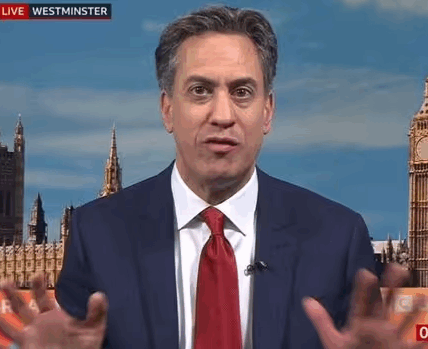Pensioners are on course to get a bigger than expected boost to payments next year.

Pensioners are on course for 4.8% increase to State Pension rates from April 2026 (Image: Getty)
Older state pensioners across the UK are set to receive an annual payment boost from the Department for Work and Pensions (DWP) from April 2026.
The extra cash comes thanks to the triple lock guarantee, which is used to determine how much the government increases State Pension rates at the start of each new tax year. The new April rates are determined by whichever is the highest out of three factors – known as the ‘triple lock’. These are the consumer price index (CPI) measure of inflation (measured for September in the previous year), average wage growth between May and July of the previous year, or 2.5%.
According to financial experts, the State Pension is on course for a 4.8% rise from April 2026, in line with average wage growth, as this is the highest out of the three factors.
Office for National Statistics (ONS) data released on October 14 showed an upwards revision to total wage growth including bonuses for the quarter to July, up to 4.8% from 4.7% in a previous estimate, meaning pensioners are set to receive a bigger than expected boost to State Pension payments.
By comparison, CPI inflation for September was 3.8%, according to ONS figures, so as this is lower than average wage growth, it is expected that the higher figure of 4.8% will be used to set the new State Pension rates from April.
The increase would take the full basic State Pension from the current rate of £176.45 per week up to 184.90 per week from April 2026, giving pensioners up to £8.45 extra each week.
It means those getting the full rate are on course to receive a total of £9,614.80 in pension payments per year (up from £9.175.40), giving pensioners an extra £439.40 annually.
As for pensioners getting the full new State Pension, payments are expected to rise from £230.25 per week to £241.30 in 2026, giving pensioners a weekly payment increase of £11.05 from April.
Over a full year this amounts to £12,547.60 in pension payments (up from (£11,973), giving pensioners on the full new State Pension an extra £574.60 annually.
Everyone eligible for the basic State Pension has already reached State Pension age and it is given to men born before April 6, 1951, and women born before April 6, 1953. Anyone born after these dates will get the new State Pension instead, which is paid at a higher rate.
But age isn’t the only factor in determining which State Pension you get, as the amount of money you get also depends on your National Insurance record, so those who don’t have enough qualifying years won’t get the full rate.
The expected 4.8% increase in 2026 could also mean that more pensioners will soon start paying tax on their State Pension as the new April rates may take them over the personal allowance threshold.
Alice Haine, personal finance analyst at Bestinvest by Evelyn Partners, the online investment platform, said: “For pensioners, the latest inflation data suggests another inflation-beating boost to the annual state pension payment is coming their way next April.”
She added: “The personal allowance has remained at £12,570 since the 2020-21 tax year, so unless the Chancellor revises this in the Budget, more retirees may find themselves paying a tax bill.
“Of course, some will already be paying tax on their retirement income, either because they deferred access to the state pension or because they also receive income from a private pension.”

